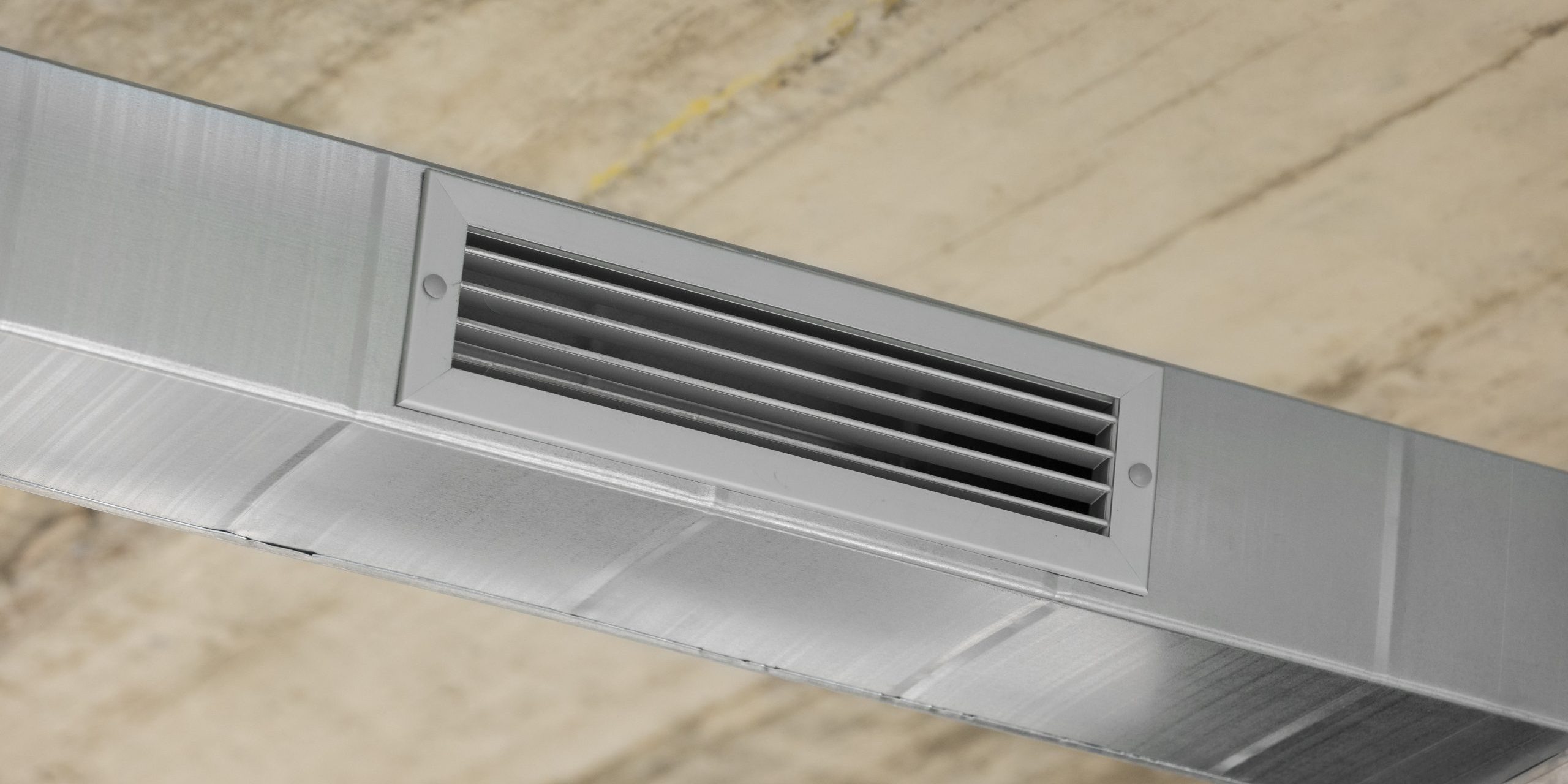Choosing the right type of ductwork for your HVAC system might seem like a small decision, but it can actually have a big impact on the efficiency of your heating and cooling system, as well as the comfort of your home. The two most common shapes for ductwork are round and rectangular, but what’s the difference between these two types, and which one is better for your home?
Round Ductwork
Round ductwork is the traditional shape for ductwork, and it’s still a popular choice because it provides good airflow and is easy to install.
The circular shape of round ductwork means that there are no corners or edges, which can reduce the amount of air resistance and help to prevent airflow restrictions.
Additionally, round ductwork is often less expensive than rectangular ductwork because it is easier to manufacture and install.
However, it’s important to note that round ductwork can be more difficult to install in some homes because it requires more space than rectangular ductwork.
Rectangular Ductwork
Rectangular ductwork is becoming increasingly popular, and it’s easy to see why.
This type of ductwork is often preferred because of its ability to fit into tight spaces, making it a great choice for homes with limited space for ductwork installation.
Rectangular ducts are also easier to insulate, which can help to reduce the loss of heated or cooled air through the ductwork.
However, rectangular ductwork can also cost more than round ductwork because of the abundance of corners and edges, which can increase the overall material and installation costs.
Airflow
When it comes to airflow, both round and rectangular ductwork can provide good results. However, round ductwork typically provides more even airflow because there are no corners or edges to cause restrictions, making them ideal for high-pressure HVAC systems.
Rectangular ductwork, on the other hand, can be more susceptible to airflow restrictions because of its corners and edges.
To ensure the best airflow possible, it’s important to properly size and install your ductwork, regardless of the shape you choose.
Noise
Another important consideration when choosing ductwork shape is the amount of noise it produces.
Round ductwork is generally quieter than rectangular ductwork because of its smooth surface, which creates less turbulence in the airflow.
Rectangular ductwork, on the other hand, can produce more noise because of its corners and edges, which can create more turbulence in the airflow. If noise is a concern for you, consider choosing round ductwork for your home.
Maintenance
Finally, both round and rectangular ductwork require maintenance to keep them functioning properly and efficiently. However, rectangular ductwork is often easier to repair because the corners and edges can be more easily accessed than in round ductwork.
Wrapping It Up
Choosing between round and rectangular ductwork depends on a few important factors, including available space for installation, cost, airflow, noise, and maintenance. Ultimately, both shapes can provide great results if they are installed properly and maintained regularly. If you’re not sure which shape to choose, consult with a certified HVAC contractor who can help you make the choice that’s best for your home and HVAC system.
Need to Repair or Replace Your AC in San Antonio, TX? Zero Heating Can Help!
When it comes to HVAC repair and maintenance in San Antonio Texas, Zero Heating and Refrigeration offers the best service delivered with the utmost professionalism.
Contact us today using our website, by telephone (210-900-0824), or through our social media accounts on Facebook and Twitter and to schedule a repair or to get a free estimate. Our team stands ready to meet all your HVAC needs!








